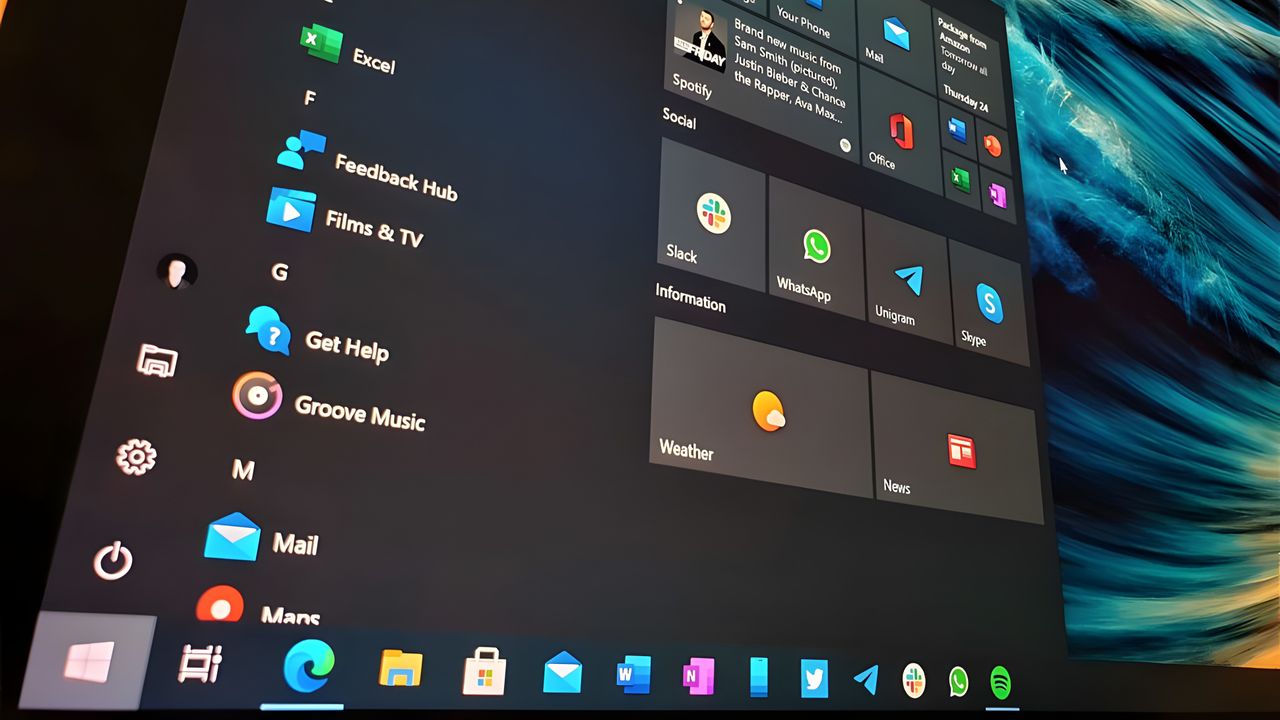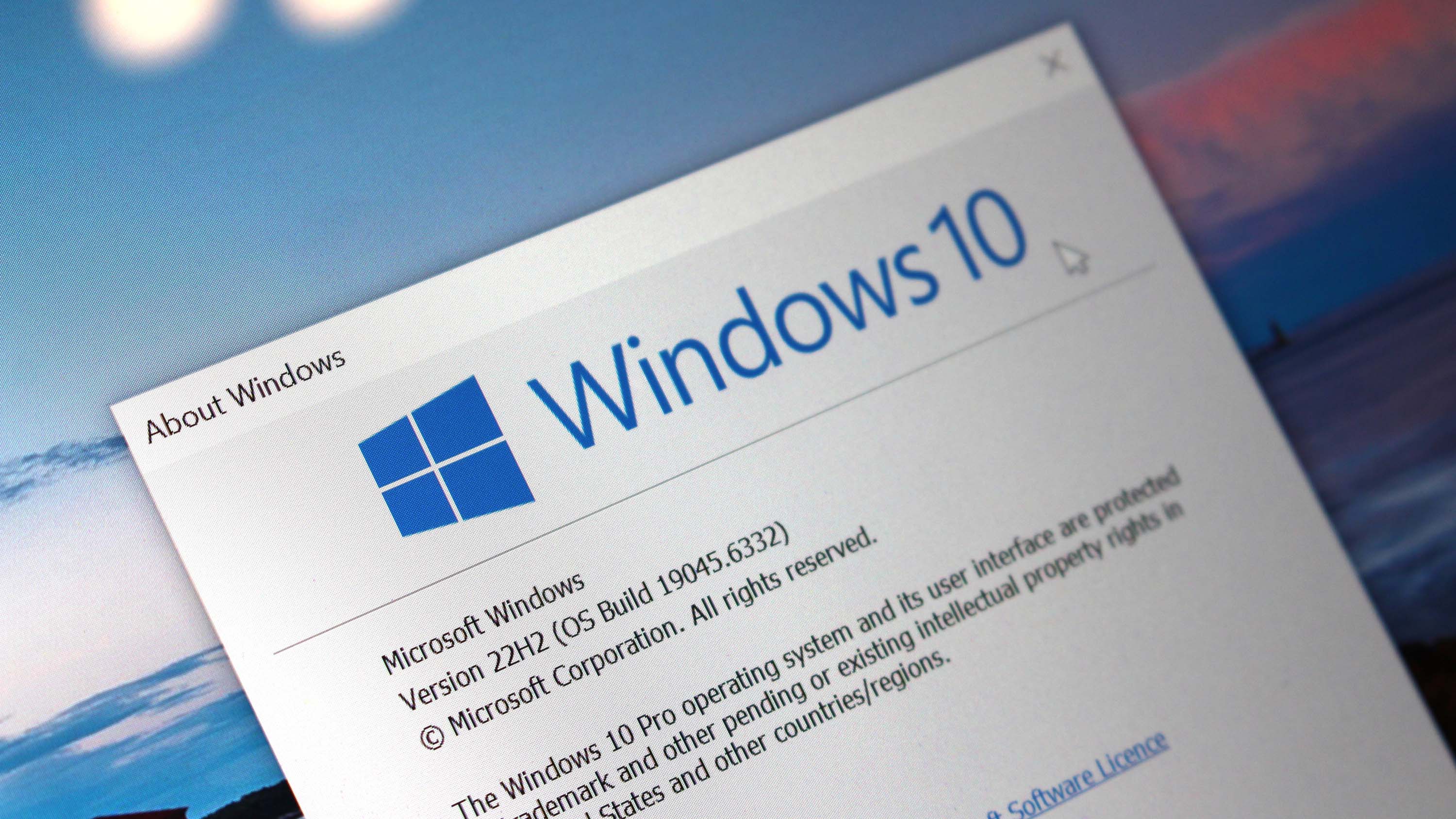
The deadline is almost here. Microsoft will stop supporting Windows 10 in less than a week. They’ve been strongly encouraging users to upgrade to Windows 11, and it appears to be working. In July, Windows 11 became the most popular desktop operating system globally, taking over 50.88% of the Windows market.
Many users haven’t upgraded to Windows 11 because of its strict hardware demands and design problems. Despite some recent growth, more people are actually switching back to Windows 7, likely because support for Windows 10 is ending soon.
It could be a coincidence, but the recent surge in Windows 7 usage is interesting. It suggests some users might prefer to continue using the older operating system – even without official support or paid updates – rather than switch to Windows 11.
Although it’s very unlikely Microsoft will change its mind about ending support for Windows 10, the Public Interest Research Group (PIRG) is continuing to push for an extension. They’re actively promoting their petition, asking Microsoft to keep supporting Windows 10 after October 14, 2025.
The group argues that Microsoft’s plan to end support for older operating systems could make as many as 400 million computers unusable, significantly increasing electronic waste and creating new cybersecurity risks.
Windows 10 users who are concerned about losing support after Microsoft stops providing updates have had a few choices. They could connect their PC settings to Microsoft through a Microsoft Account to potentially receive free updates, or they could pay a one-time fee of $30 or use 1,000 Microsoft Reward points to continue receiving updates.
However, Microsoft reversed course for users in Europe. As the consumer advocacy group PIRG points out, some people will end up buying new computers to replace those that no longer receive support, as Microsoft suggests they do.
But what happens if you can’t afford a new device that supports Windows 11?
Windows 10’s EOL (end of life) will widen the digital divide

Many users are likely hesitant about upgrading to Windows 11. Microsoft’s practice of making older versions outdated, combined with the new operating system’s demanding hardware needs, design problems, and a temporary extension of support for Windows 7/10 that only postpones the upgrade for a year, have created a confusing situation.
The consumer advocacy group PIRG warns that Microsoft ending support for Windows 10 will likely affect older computers more than anticipated, potentially increasing the gap between those who have access to technology and those who don’t.
Recent data from the 2021 Census shows that around 20% of homes in the United States lack a computer. This is especially true in rural and lower-income communities, where many residents are older adults or have disabilities. Having access to a connected device is crucial for these individuals to manage benefits like Social Security, access healthcare information, and stay connected with others.
In 2015, Microsoft released Windows 10 as a free upgrade for those using Windows 7 or 8, but it was designed to run on computers with older processors – some over a decade old – according to PIRG.
When Windows 11 came out in 2021, it surprisingly didn’t work with many older computers. The oldest processors it supported – Intel’s eighth-generation Core and AMD’s second-generation Ryzen – were only about three to four years old at the time.
PIRG
Around 40% of computers worldwide are still using Windows 10. These computers work perfectly well, but they don’t meet the minimum hardware specifications needed to run Windows 11.
According to Eric Faber, a Digital Navigator:
Many people have computers that still work well for everything they need, but their computers are telling them they need to upgrade, and they can’t afford to do so.
It’s currently unknown if Microsoft will change its plans and continue supporting Windows 10 with free, automatic updates past the scheduled end date.
While Microsoft will continue providing security updates for Windows 10 after its official end-of-support, The Restart Project—the group behind the “End of 10” toolkit for users unable to upgrade to Windows 11—calls this a temporary fix, not a real solution. They believe it simply delays the inevitable and are urging policymakers to take action.
As Windows 10 nears its end of support, a group called End of 10 is encouraging people to switch to Linux. Their campaign focuses on convincing loyal Windows 10 users to completely move to Linux, especially on older computers, highlighting the benefits of no ads and increased privacy as major reasons to make the switch.

Stay up-to-date with the latest from Windows Central by following us on Google News! You’ll get our news, insights, and features right in your feed.
Read More
- The Most Jaw-Dropping Pop Culture Moments of 2025 Revealed
- Ashes of Creation Rogue Guide for Beginners
- ARC Raiders – All NEW Quest Locations & How to Complete Them in Cold Snap
- Best Controller Settings for ARC Raiders
- Where Winds Meet: How To Defeat Shadow Puppeteer (Boss Guide)
- Ashes of Creation Mage Guide for Beginners
- Where Winds Meet: Best Weapon Combinations
- Hazbin Hotel season 3 release date speculation and latest news
- My Hero Academia Reveals Aftermath Of Final Battle & Deku’s New Look
- Bitcoin’s Wild Ride: Yen’s Surprise Twist 🌪️💰
2025-10-10 15:11